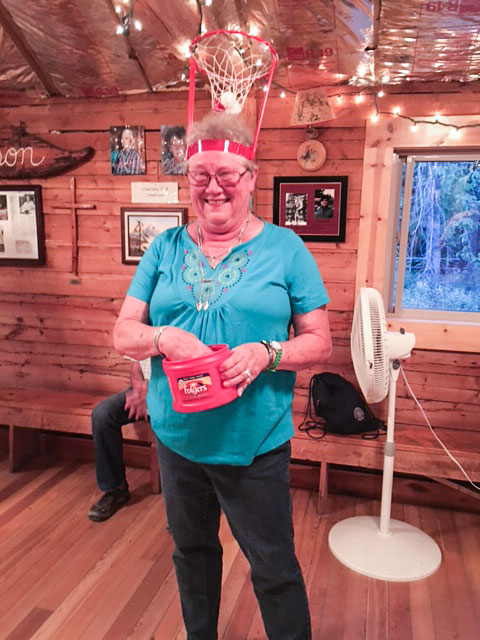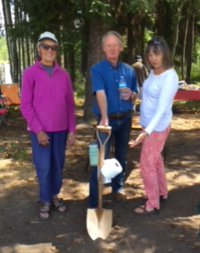Larry Wilson announced at last night’s NFLA Business Meeting that we will once again be conducting our October food drive.
The annual food drive, originally proposed by Bob Grimaldi years ago, is a way for the NFLA members to get involved in a community service project and provide others with a small share of our good fortune. North Forkers set aside appropriate items while cleaning out and closing their North Fork homes for the season and bring them to the Sondreson Hall during the final business meeting of the year.
This year we’re collecting for the NW Montana Veterans Food Pantry. According to their website, “You can help by donating coffee, canned and boxed goods, juice, frozen meats, grains, cereal, produce and peanut butter.” They’ve provide a Food & Nutrition Chart as a guide to what might be most appropriate to donate.
If you want to write a check, you can give it to one of the Board members and they’ll see that it gets turned in with the food. For those who want a receipt that they can use for tax purposes, just let Larry or someone on the Board know and they’ll make that happen.
In years past we’ve collected over 100 pounds of food. We can do it again! So gather up your food donations and either bring them with you to the hall for the Sunday, October 8th, Business Meeting or drop it off with a neighbor who will be coming.










